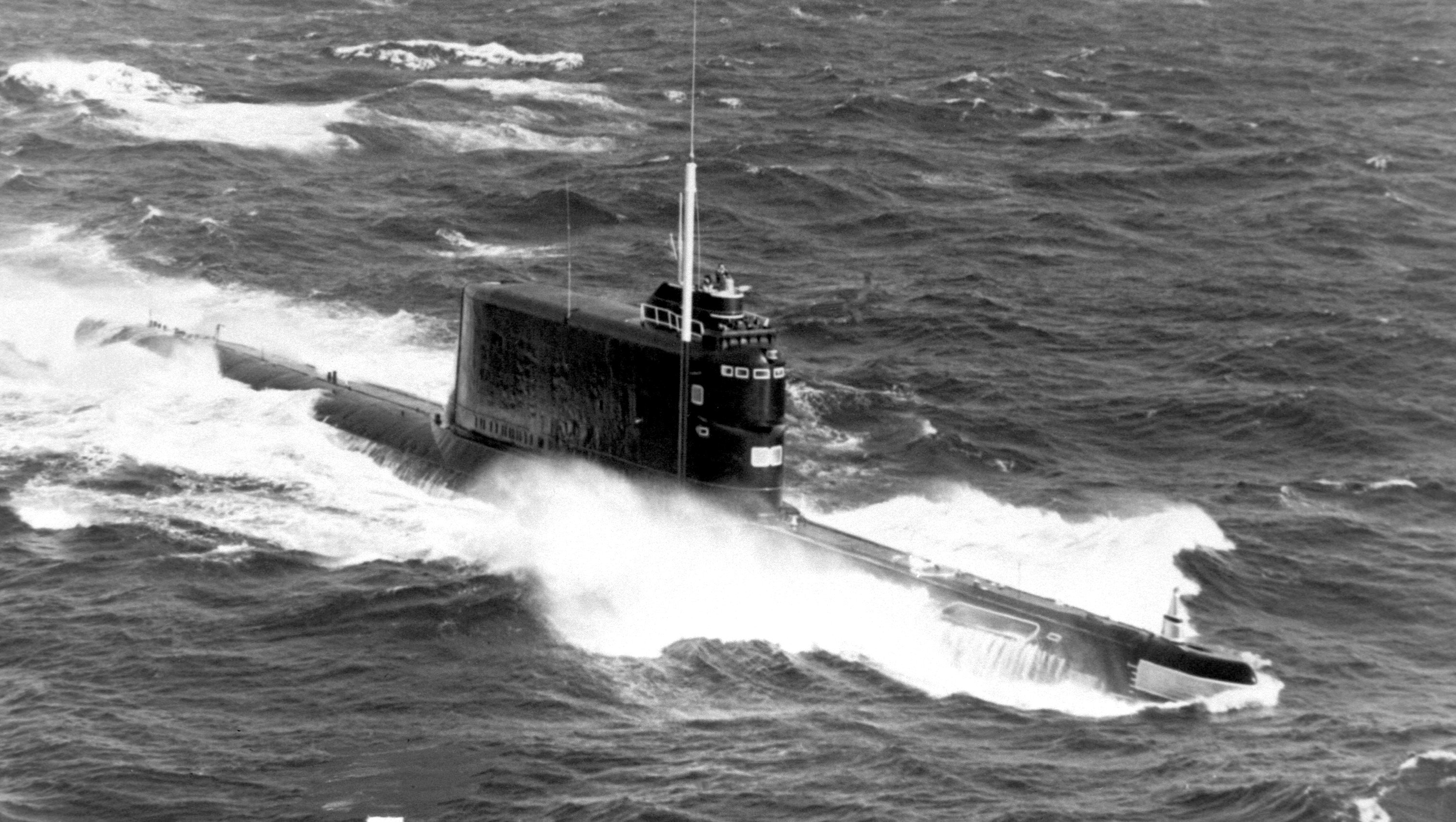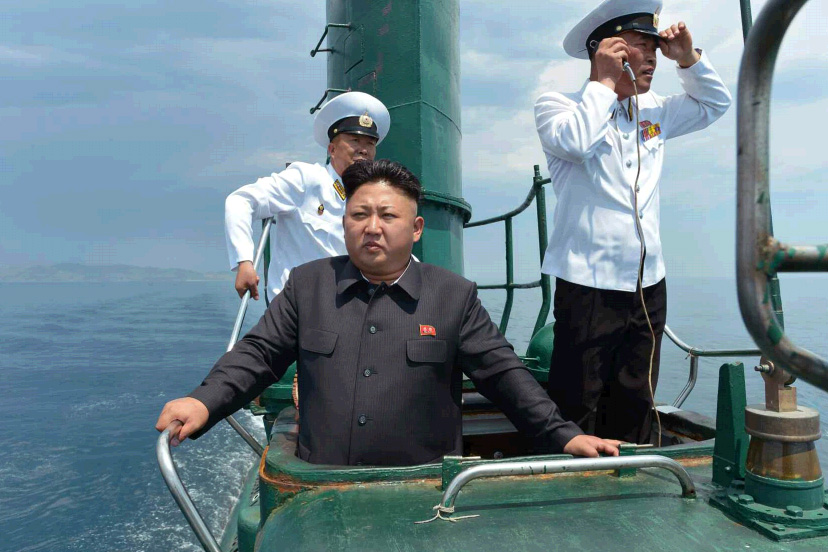
Recent reports that North Korea is developing submarines based on obsolete Golf-II class Soviet-era submarines has gained worldwide attention. However obsolete, it is reported that North Korea had invested its time in “examining and replicating” the missile-launch system of the Soviet-era subs.
Hence, these submarines would be able to fire ballistic missiles. In fact, reports confirm that Pyongyang already is developing a vertical-launch system for submarine launched ballistic missiles (SLBMs). Raising further concerns about that is the fact that North Korean ballistic missiles could be armed with nuclear warheads.
Reports also have confirmed that Pyongyang does have the capability to miniaturize nuclear warheads, which could further enable them to fit nuclear-capable submarine launched ballistic missiles on those submarines. Hence, nuclear-capable ballistic missiles mounted on submarines on patrol could further jeopardize stability in the North East Asian region. Though the submarines at present may not be able to launch missiles that could hit targets in the United States, the missiles could possibly target forward-based U.S. forces in the Asia Pacific Region.
Just at the moment when China, the United States, South Korea and Japan are raising concerns over Pyongyang’s nuclear weapons program and vouching for denuclearization of the Korean Peninsula, this news comes surely as way to tell the world that Pyongyang is in no mood to give up its nuclear program, and that it is seeking a survivable nuclear force in order to enhance its nuclear deterrent capability. In 2013, Pyongyang, in a state run newspaper Rodong Sinmun also made it clear that denuclearization of the Korean Peninsula is not a possibility unless the world is denuclearized.
Of course the most pertinent question now is whether the submarines can be made successfully operational. That definitely would remain a difficult jigsaw puzzle to solve. It is a known fact that any state that aspires to possess nuclear weapons also aspires to develop a sea-based nuclear deterrent capability in order to enhance counterstrike or second-strike ability. Thus Pyongyang’s desire to acquire a sea-based nuclear deterrent is not surprising.
However, the submarines are neither ship submersible ballistic nuclear (SSBN) submarine nor is it powered by air independent propulsion system (AIP); they are conventional diesel-powered boats. Because the submarines have been reverse-engineered from the obsolete Golf-class submarine, there is a chance that the submarine could be defeated by modern anti-submarine techniques, therefore reducing North Korea’s ability to retaliate.
Pyongyang has been developing both liquid- and solid-fuel propelled land-based ballistic missiles. Hence, the SLBM could either be solid-fuel propelled or liquid-fuel propelled. However, what should be of concern is whether North Korea can successfully fit nuclear-capable ballistic missiles on their submarines.

There are some issues worth pondering. First, there would be immense pressure on its own command and control system which definitely is not experienced enough to handle sea-based nuclear deterrence. Secondly, North Korea could tend to initiate a first-strike on its adversaries if there were an assurance that at least one counter-value target of the adversary could be put to threat; the zeal to launch a first-strike can be further strengthened if there were a capability to retaliate also.
Hence, a sea-based nuclear deterrent capable of reaching targets in the United States or capable of hitting U.S. forward bases also would enhance the deterrent capability of North Korea’s land-based ballistic missiles. That is because while the land based ballistic missiles can be used for a first strike, Pyongyang could preserve its sea based nuclear deterrent capability for a second strike. Even if Pyongyang does not adopt a first-use policy, sea-based nuclear deterrent capability would enhance its counter-strike capability and deter adversaries from launching any kind of attack whether conventional or nuclear.
Despite U.N. Security Council resolutions, Pyongyang has continued to develop ballistic missiles and also conducted nuclear tests. Not only that, Pyongyang has time and again threatened both Seoul and Washington with nuclear attack. Hence, there is minimal doubt that Pyongyang is sure to acquire long-range submarine launched missile capability to target the United States. That is more true given that it has already mastered the technology of developing land-based missile systems of 10,000 kilometers.
Still, when all is said and done, there is little doubt that it would take Pyongyang some years to develop a credible sea-based nuclear deterrence.




